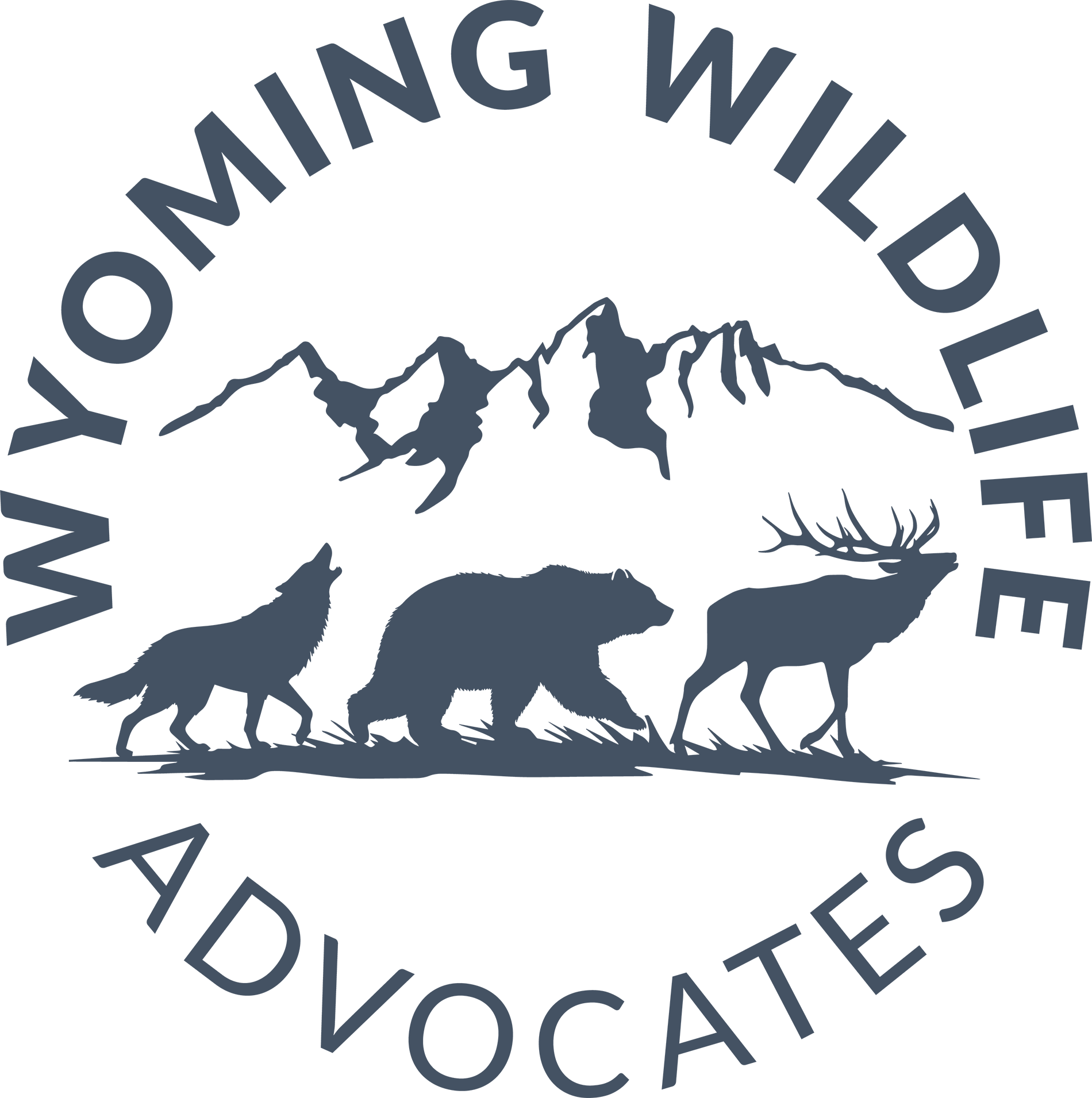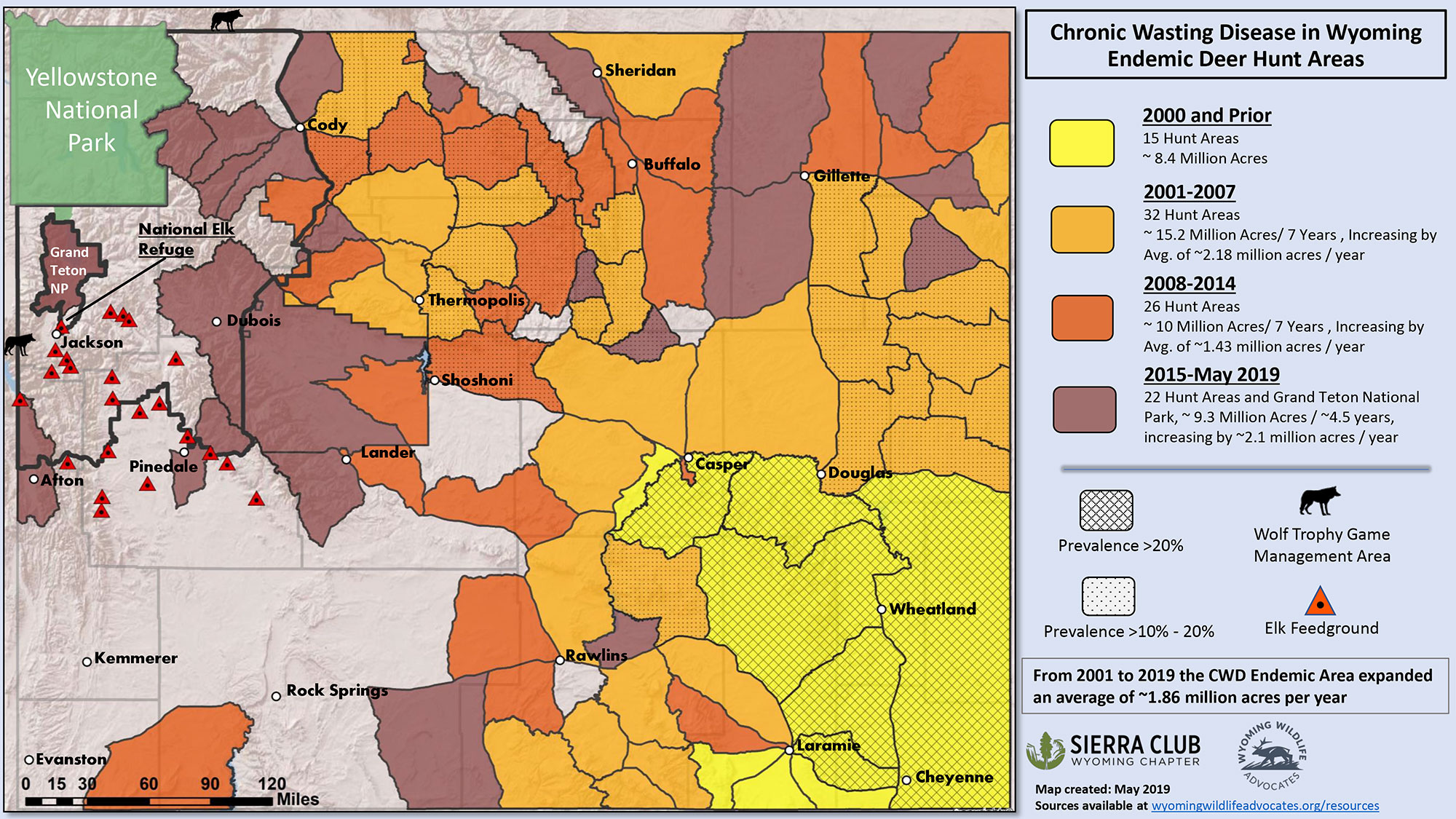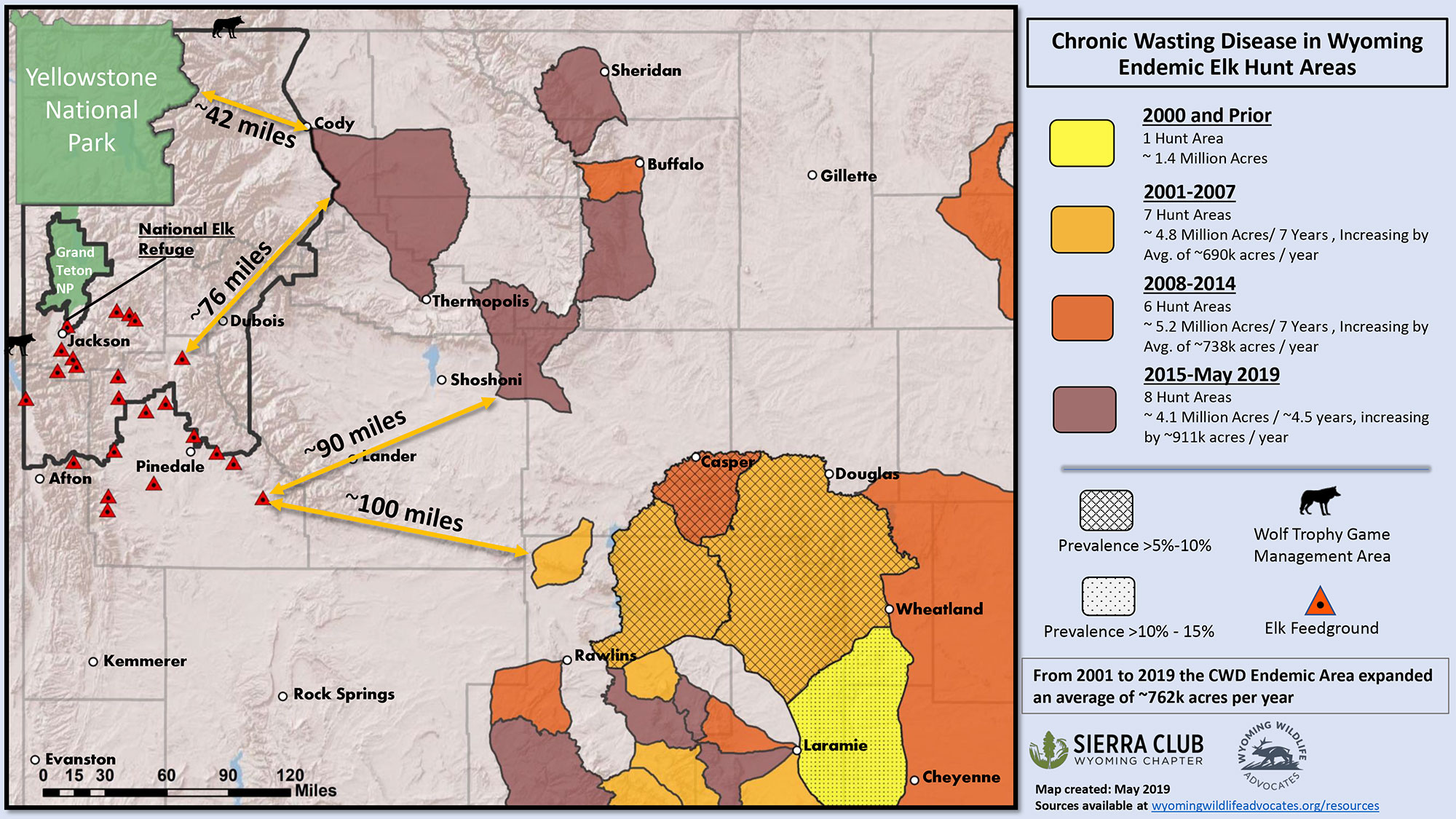Chronic Wasting Disease – a deadly illness that erodes the brains of elk and deer – is steadily spreading across Wyoming. The elk of the Greater Yellowstone Ecosystem are one of only a few populations in the state that have not yet tested positive for the disease. But given migration patterns and the density of animals on wintertime feedgrounds, it’s only a matter of time.
Contact
- +1 (307) 200 3057
- PO Box 1772, Wilson, WY 83014 USA
Newsletter Sign Up
Receive alerts on the latest issues and updates on our work
Copyright © 2022 - 2025 WYOMING WILDLIFE ADVOCATES. ALL RIGHTS RESERVED.





